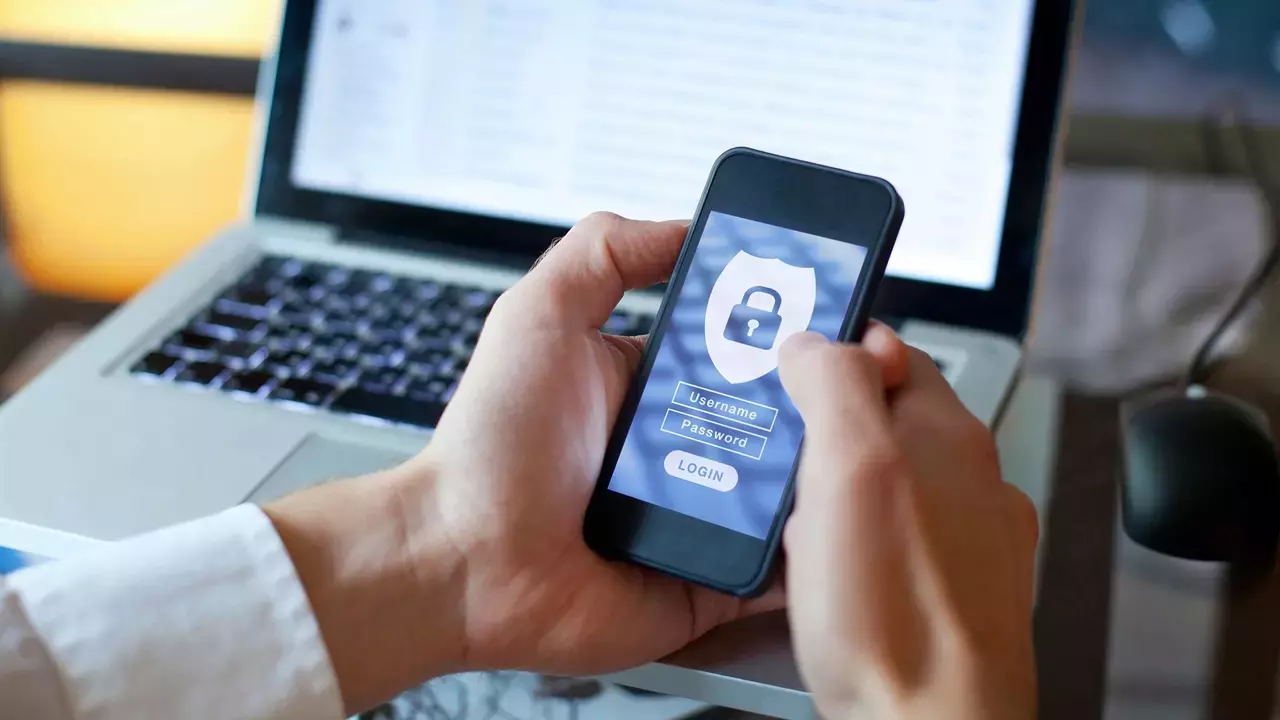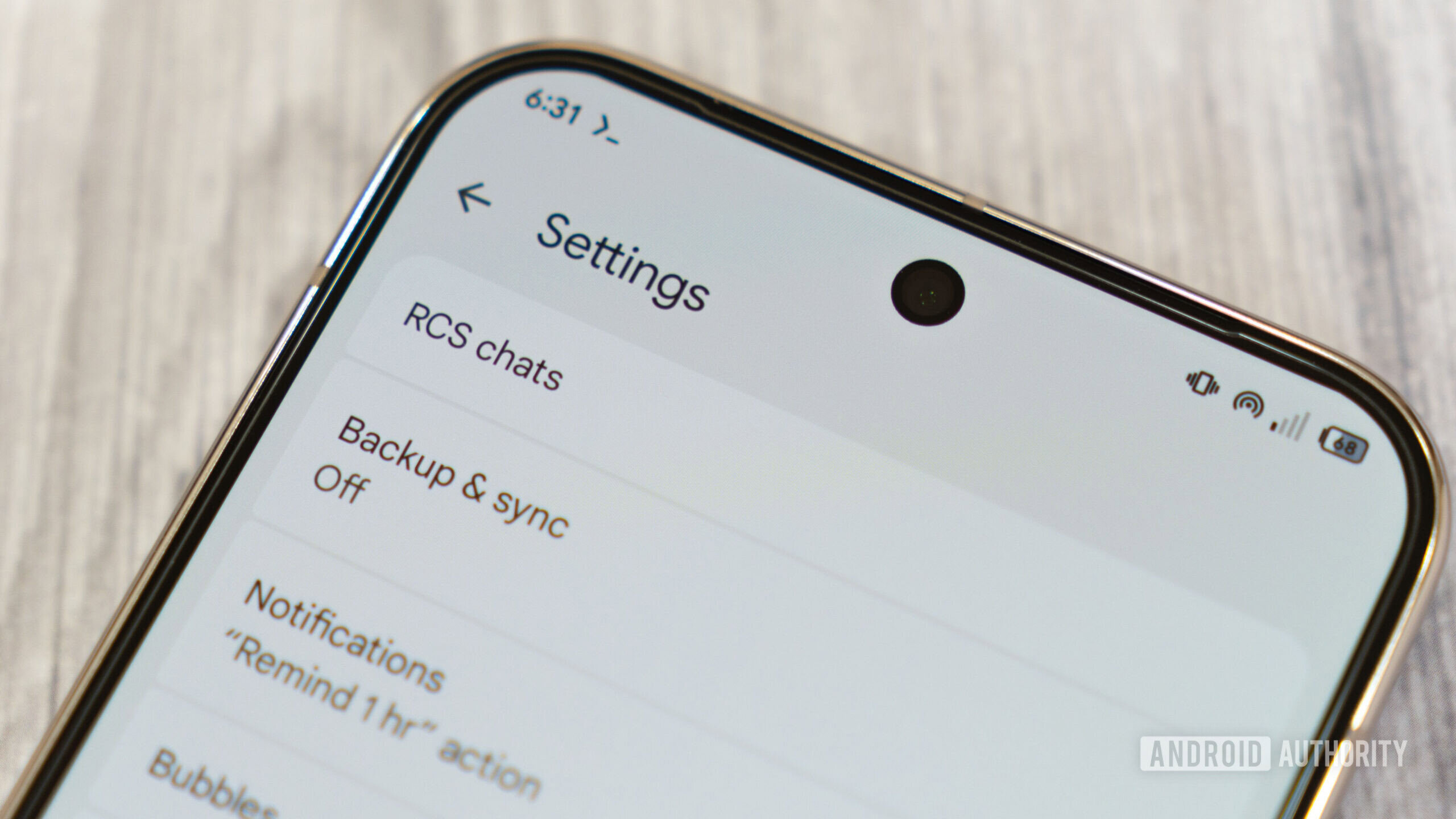This week, people are protesting all across America. Before you head out to join them, take a few minutes to assess your digital safety. Your phone is a treasure trove of information about you. Even if you have nothing to hide, you don’t want to accidentally give law enforcement officials any information you didn’t intend to share. Follow these tips to lock down your phone before a protest or other peaceful assembly.
First, What You Need to Know About Mobile Phone Tracking
When we tell people that their best defense at a protest is just to turn off their phones, they always seem disappointed. But it’s true. The best way to keep from being surveilled is never to be on the grid in the first place.
Unfortunately, this isn’t practical advice. For one thing, mobile phones are useful for staying safe and coordinating with your friends and fellow protestors. For another, protestors document events and amplify their message by sharing photos, videos, and live streams in the moment. While shutting your phone off will certainly make you harder to track, it could also leave you without important tools to protect yourself.
Your phone is powerful because it combines cellular, GPS, and Wi-Fi information. That great power is also a weakness: they’re highly trackable. For example, federal and local law enforcement use Stingrays and other IMSI catchers to track and identify protestors. These devices can trick your phone into connecting with them instead of a cell tower, then intercept information (such as SMS messages) without you necessarily realizing it. They can also extract information from your phone and track your movements.
Even without fancy devices, though, law enforcement may be able to obtain information on your movements and activities from your wireless provider. Even Apple and Google may be willing to give up information about you. The companies have cooperated with law enforcement by handing over customer data in the past, though both companies typically challenge or reject information requests that are legally objectionable.
Keep in mind that you probably won’t know that you’re being monitored or tracked until much later, if at all. Intercepting and processing individual messages from hundreds of thousands of people is doable, but not easy. Law enforcement or government agencies want to know who is at an event, who they are with, and what information can be extracted to monitor them later.
Many smart devices track your location through multiple means. This is useful for getting directions and finding things nearby, but it can also allow law enforcement to extract your movements after the fact. For example, pictures you take with a smartphone frequently include their physical locations, and Google Maps maintains records of your movements in its Your Timeline section.
To minimize the extent to which your phone can be tracked, do the following:
-
Shut off Wi-Fi.
-
Disable location services until you absolutely need them.
-
Ditto Bluetooth.
-
If you don’t need to use your data connection, switch it off, too. However, this may hamper your ability to use encrypted communications.
-
Again, if you can, leave your phone at home. If not, at least shut it down.
 How to Lock Down Your Phone for a Protest
How to Lock Down Your Phone for a Protest
Be Aware of Other Ways the Police Can Identify You
You can also be tracked without your phone, even in a large crowd. Facial-recognition technology coupled with AI-powered detection can pick out and track individuals in groups. Airborne surveillance using anything from conventional aircraft to small radio-controlled quadcopters to military-style drones can monitor the movements of individuals and track them over time. The Electronic Frontier Foundation (EFF) maintains an excellent primer on identifying those surveillance systems, which can include police bodycams, automated-license-plate-reader cameras, and more.
Over the years, social media has played a large role in organizing protests and amplifying demonstrators’ messages. However, the information posted to these platforms can also be used as open-source intelligence for anyone trying to track who attends demonstrations. Sharing photos and videos from protests can amplify the message, but this information could also be used to implicate you or others. The EFF recommends taking steps to remove metadata from images.
Remember that even if you are comfortable being identified in images, others may not be. Consider framing your camera to show as little of people’s faces as possible or blurring faces when you share photos or videos. And it never hurts to ask before sharing someone’s face online. If you’re concerned about being identified for any reason, consider covering identifiable tattoos and wearing inconspicuous clothing. Obscuring your own face can be useful as well.
How to Cop-Proof Your Phone
If you bring a phone to a protest, know that it could be confiscated by law enforcement or stolen by someone in the crowd. Either way, once it’s is out of your hands, it could be unlocked, and its contents dumped for future analysis.
Most modern devices unlock with biometrics (such as facial recognition or thumbprint scanning). Biometric systems may put you at a disadvantage, though, when you’re dealing with law enforcement. In its guide for protestors, the EFF writes: “Under current US law—which is still in flux—using a memorized passcode generally provides a stronger legal footing to push back against a court order of compelled device unlocking/decryption.” It’s better to disable biometrics and enable password or PIN logins before a protest. You may also want to do this when traveling, too.
Get Our Best Stories!

Stay Safe With the Latest Security News and Updates
By clicking Sign Me Up, you confirm you are 16+ and agree to our Terms of Use and Privacy Policy.
Thanks for signing up!
Your subscription has been confirmed. Keep an eye on your inbox!
Modern Apple and Android devices support modes that temporarily disable biometrics. However, once you unlock your phone, it reverts to using biometrics. If you don’t have the time to fully disable biometrics beforehand, on Android, hold the power button and select lockdown. On an iOS phone, hold the power and volume up buttons for a few seconds until you see the power off, medical ID, and Emergency SOS screen. Tap cancel, and the phone will require your passcode to unlock instead of biometric authentication.
Here’s how to lock down your phone before a protest:
-
Disable biometric logins and enable a passcode.
-
Enable encryption. Most Android and Apple devices will do this automatically when you enable a passcode or biometrics, but double-check in the Settings menu.
-
Remove unnecessary apps and reinstall them later. Even when not in use, some apps can send and receive data. This can slow down an already spotty connection and could be used to monitor your activity.
-
Log out of any apps you won’t need. By default, you usually need to log in to an app only once to use it, which can be a problem when you’re not in control of your phone.
-
If you back up your phone (and you should), make sure that your backups are secure with a complex, unique password and multi-factor authentication. This may require making changes to your Apple or Google accounts. To help you get started, see our guides to backing up iPhones and Android devices.
-
Enable the remote-control features built into Android and iOS so you can wipe or disable a lost or confiscated phone remotely.
-
Use secure messaging, and set text messages to delete automatically. (More on this below.)
Communicate Securely While Protesting
Whether you’re protesting or just chatting with your family, use encrypted communications whenever possible. These systems ensure that if your messages are intercepted, they will be unreadable except to the intended recipients.

(Credit: Signal/PCMag)
Our top recommendation for secure messaging is Signal. We recommend it because the app and its protocol are open-source, so it has been carefully examined for potential flaws and endorsed by security experts. The app looks and works just like your existing messaging client. You can also use it to make encrypted VoIP and video calls.
One particularly useful feature of Signal is that your messages can be set to expire. This way, there’s little trace of your previous conversations in the app. Other secure messaging apps have similar features. WhatsApp is particularly notable, as it has wider adoption than Signal but uses the same technology to secure messages. Both WhatsApp and Signal have powerful tools for group chats that also make them useful for organizing protests.
Recommended by Our Editors
In most cases, the iPhone uses end-to-end encryption when sending messages between you and other iPhone users. So whenever you see the blue bubble around text, you can rest assured that if the message is intercepted, it cannot be read. Keep in mind that iPhones don’t always send encrypted messages. With poor connectivity, iPhones sometimes fail over to unsecured SMS messages, and messages sent to Android users are not encrypted.
It’s also possible, no matter what secure messaging platform you use, that screenshots of your messages could be shared with people you did not intend. As always, consider that someone might see your messages, even when they’re sent securely.
Leave Your Phone at Home (Or Get a Burner)
If you have the means to do so, consider purchasing a completely different phone for the protest and leaving your personal devices at home. Several affordable Android phones are available, and many wireless carriers can provide a prepaid service for your device. There are also low-cost plans from smaller carriers.
If you haven’t used a so-called “dumbphone” in a while, take this opportunity to try one out. When I wanted to experience life with a flip phone again, I purchased a Nokia 2780 to bring on camping trips. I haven’t had trouble using it for calls and texting.
If you opt to go this route, remember to secure the new one as you would your regular phone. If it’s not going to be used for other activities, you can lock it down even more. Here are some ideas:
-
Don’t install non-essential apps.
-
Don’t connect the new phone to any of your cloud services, like your Google account.
-
If you must log into an app to use it, see if you can enable a secondary PIN on the app itself. Signal offers the ability to require a PIN to unlock the app.
-
Store only information in your Contacts app for people who are absolutely essential. Consider not using real names in your address book.
Raise Your Voice, But Please Stay Safe
There are a lot of methods you can use to lock down your phone, but the best advice we can give is to leave any devices with location-gathering capabilities (including your smartwatch) at home. You should also take a few minutes today to lock down your online presence. Read our guide to completely disappearing online, and lock down your family’s home network using our cybersecurity checklist.

 It’s Surprisingly Easy to Be More Secure Online
It’s Surprisingly Easy to Be More Secure Online
About PCMag Staff










